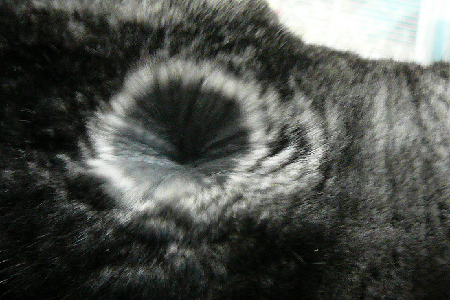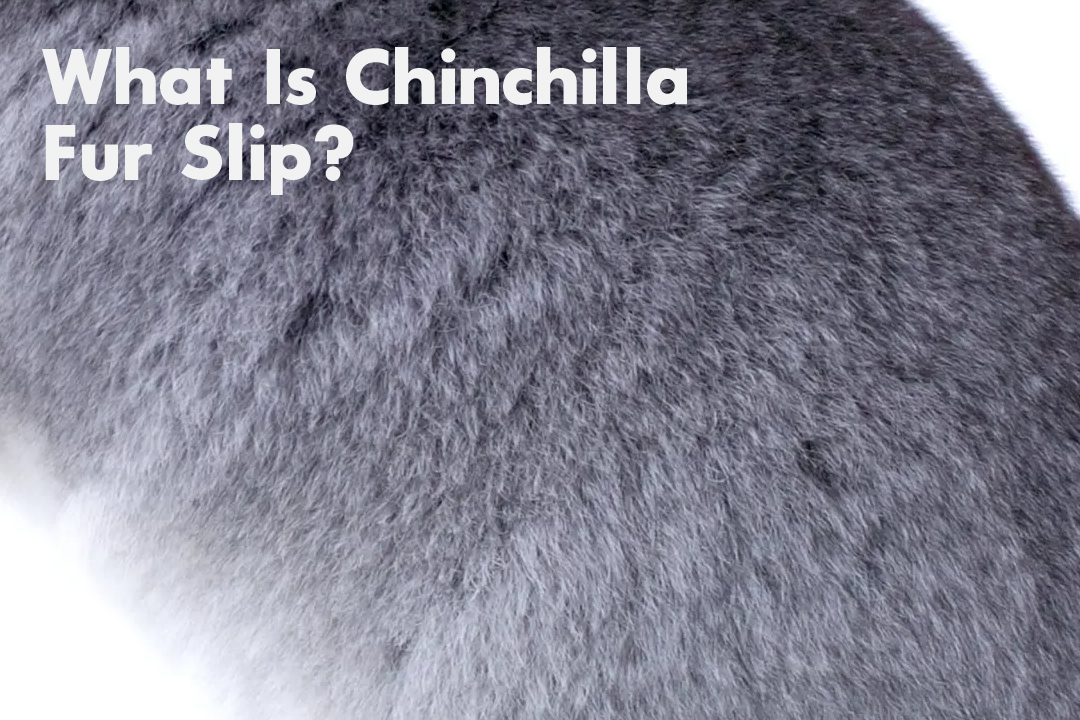Have you ever held your pet chinchilla during playtime or when you are inspecting it when suddenly a large tuft of fur is left in your grasp when it jumps out of your grip? You might believe this is because your chinchilla is facing hair loss issues due to reaching its golden years, or that it has some underlying health problems, but it’s really nothing to be worried about.
The term ‘fur slip’ refers to an automatic response to stress where a large patch of fur falls off when a chinchilla is attempting to escape. It is basically a defence mechanism that chinchillas have developed to survive in the wild.
Causes Of Fur Slip In Chinchillas
As mentioned, chinchillas will utilize ‘fur slip’ against predators in nature. By leaving its predators with a mouthful or pawful of fur, these creatures can escape effectively.
However, in captivity, the primary cause of fur slip is improper handling by humans. Chinchillas typically do not like being handled, being prey animals. They will try to escape from our grasps unless they have bonded well with us and are already used to our touch.
Fur slips can also happen when they are attempting to flee from the grasp of predatory pets like dogs or cats. This is why you should never permit close interactions between your chinchillas and other larger pets. Aside from unwanted fur slip, serious injuries could result as well. This can all be easily prevented by simply restricting other pets from having direct contact with your chinchillas.
Fur slip can also happen when your chinchilla’s fur gets caught on an accessory in its cage or after a fight with its cage mates.
How You Can Prevent Fur Slips
Because fur slip is a stress response to things like mishandling or snagging, there are simple things you can do to prevent it from happening:
- You should never grab your pet chinchilla by its fur or skin. It is a good idea to alert them when you are approaching as to not scare them. Speak gently to your chinchilla and firmly place one hand under or around their body while supporting its weight by cupping the rear and hind legs with your other hand. Then slowly bring your pet towards your chest and hold it firmly, but loosely.
- You should not allow other pets in your household to have close contact with your chinchilla, no matter how well natured they are. How animals react to one another can be unpredictable and larger pets may not know how to gently play with your chinchilla, leading to fur slips or even injuries.
- If fighting between chinchillas is the cause of fur slips, you should separate them immediately. Aggressive chinchillas should never be housed together.
Regularly look for any frayed or worn-out objects in the cage such as hideouts and accessories, which your chinchilla’s fur can get snagged on easily.
What To Do During An Episode Of Fur Slip

A fur slip can leave a bald patch on a chinchilla’s body.
Fur slip is neither harmful nor painful to your chinchilla, though it leaves an unpleasant bald patch. It can, however, affect their mental health negatively if it becomes a frequent occurrence. Because fur slips are usually stress or fear-induced, they should be prevented from happening in the first place.
No special care treatment is needed when a fur slip happens. Your chinchilla’s fur will start to grow back out in a couple of months with short stubs forming within a few weeks. As long as the affected area is not inflamed, there is nothing to be worried about. With patience, you’ll soon see the new coat of fur emerging.
The Difference With Fur Slip And Shedding
As pet owners, we should be aware of abnormalities in our pets and seek immediate treatment or take prompt action if needed. Therefore, knowing the difference between a fur slip and regular shedding is beneficial.
- Normal shedding: Small amounts of fur come off gradually over time and are replaced by new growth. Because this process is gradual, big patches of fur loss will not occur.
- Fur slip: Large patch of fur comes off at a time, leaving a smooth bald patch as a result.
Following the preventive measures mentioned above, fur slips can be avoided altogether. But if you are a new pet parent and your chinchilla’s fur slips, don’t worry about it too much as the fur will grow back soon.
Even though chinchillas are prey animals and generally do not prefer being held, they can and should be trained to accept handling—which cannot be avoided. So, start slow and be gentle at all times, providing treats as a reward to associate handling with a pleasant experience for your chinchillas. With trust and a tight bond established, it’ll be much easier to handle your chinchillas, reducing stress and injury for both you and your pet.

